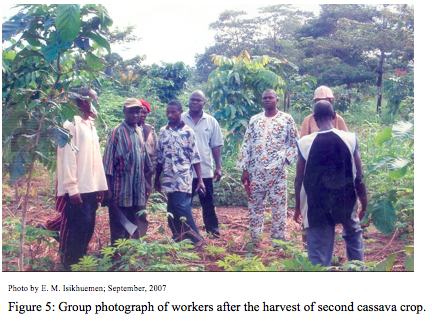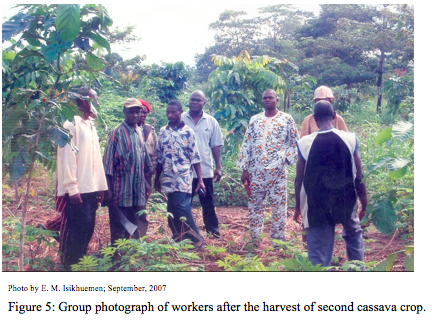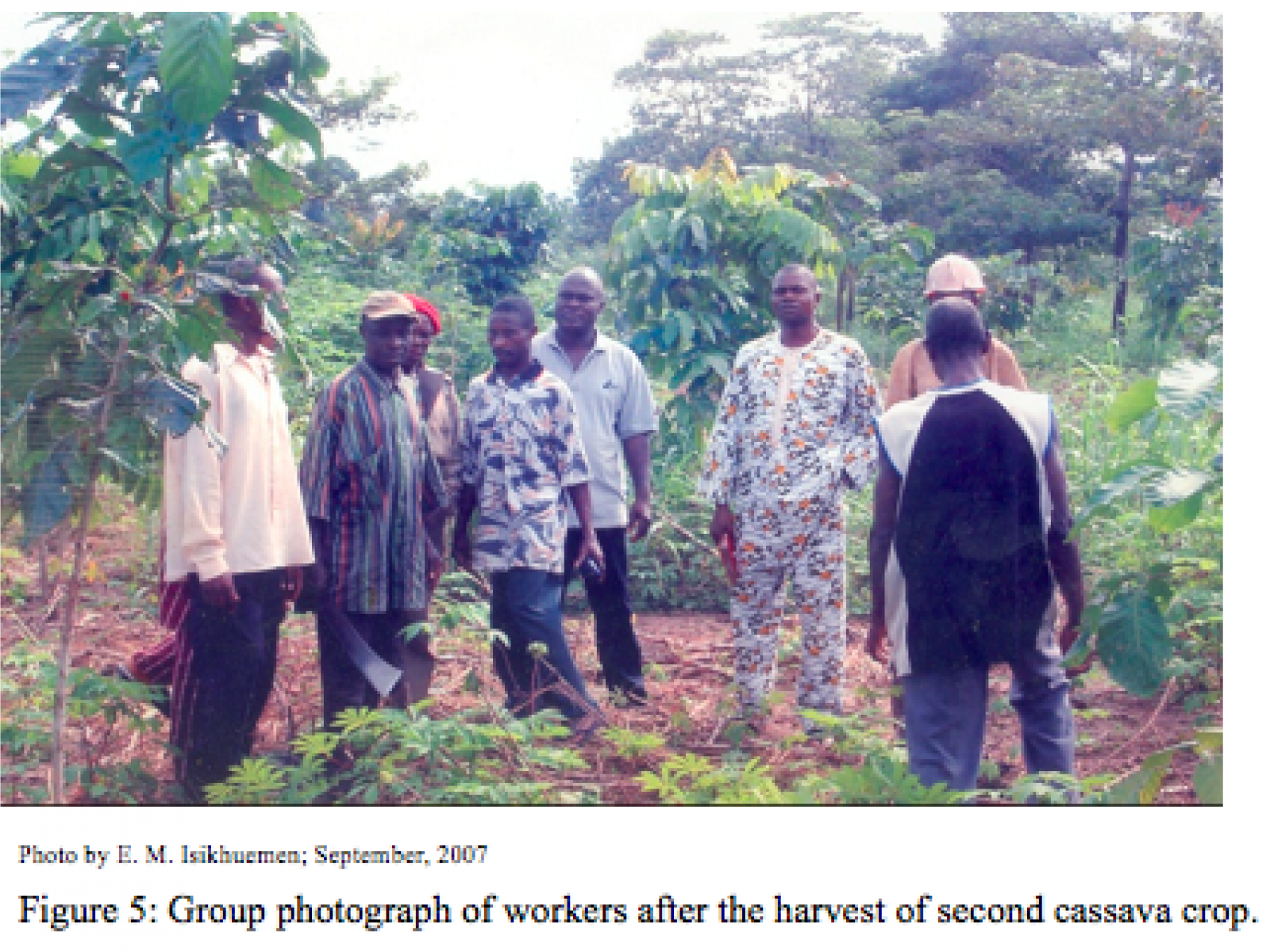An Overview Of Our Solution
- Population Impacted:
- Continent: Africa
Organization type
Population impacted
Size of agricultural area
Production quantity
People employed
Describe your solution
Describe your implementation
External connections
What is the environmental or ecological challenge you are targeting with your solution?
Describe the context in which you are operating
Human population increase is the main socio-economic driver of forest/agricultural land degradation. Rainfall amount/distribution has declined considerably during the last five decades. Cassava is Nigeria’s most common and adaptable staple food crop which is highly resilient & can grow in most diverse climatic conditions; performs optimally (output) in marginal lands as well as nutrient deficient and impoverished soils. It is ubiquitous, easily processed into assorted food products and acceptable across diverse cultures. IITA has developed several high yielding, early maturing and disease-resistant varieties of the Tropical Manihot Series (TMS) which produce low to medium stems; early branching and canopy development; Ologbo Forest Reserve (OFR) dependent communities engage in arable farming, artisanal fisheries, itinerant timber processing and petty trading. Population range from 200 in Ikara to 1,200 in Ologbo. Over 90% of OFR has been de-reserved and converted to other land uses.
How did you impact natural resource use and greenhouse gas emissions?
Language(s)
Social/Community
Water
Food Security/Nutrition
Economic/Sustainable Development
Climate
Sustainability
Seed fund from government drove project activities during the first two years. Fund is needed to carry out rehabilitation work involving forest trees and arable crops.
Return on investment
Entrant Image

Entrant Banner Image

